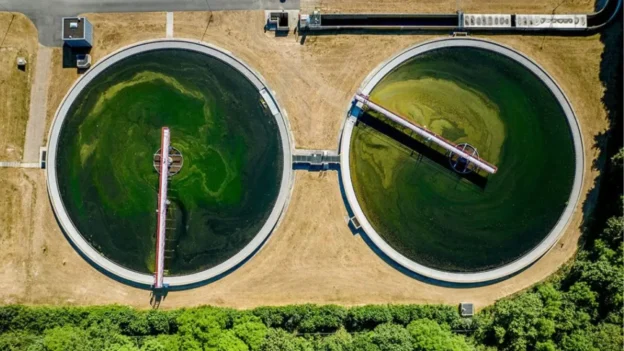Perfluoroalkylated and polyfluoroalkylated compounds(PFASs) have been detected in wastewater and drinking water at worrying levels, raising alarm bells in Europe and the United States about their impact on health and the environment.
With more than 10,000 variants, these synthetic compounds are highly resistant to degradation and accumulate in the environment, earning the famous name of “eternal chemicals”.
The silent presence of PFAS in wastewater
Since the mid-20th century, PFASs have been widely used for their thermal and chemical resistance in products such as non-stick cookware, waterproof textiles, food packaging and firefighting foams. However, their stability has made them difficult to remove as contaminants, infiltrating groundwater, landfills and sewage networks.
Some recent studies have shown that current current scrubbers do not effectively remove PFASs. These substances pass into the treated effluent and are released into the environment. In addition, treatment processes can generate even more toxic or more mobile by-products.
On the other hand, sources of contamination such as industrial discharges, the use of AFFF foams and the degradation of fluorinated wastes contribute to the major problem. Concentrations ranging from tens to hundreds of nanograms per liter have been found in treated water.
The presence of PFASs in drinking water systems, confirmed in several European countries, poses a health risk, especially when concentrations approach or exceed reference values. Although in many cases the levels remain below legal limits, the persistence of these substances and the difficulty to eliminate them completely justify preventive measures.
The European Union has set new limits for PFASs in drinking water from 2026, through Directive (EU) 2020/2184, and has included references to these substances in wastewater regulations such as Directive (EU) 2024/3019. Meanwhile, the United States has set federal limits for PFASs in drinking water and postponed full implementation until 2031, pending further risk assessments.
Against this background, centers such as AIMPLAS are developing technological solutions that include the analysis of PFAS in wastewater and the creation of alternative FLN-free materials from alternative fluorine-free materials.
Source and photo: AIMPLAS

